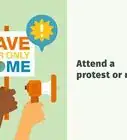wikiHow is a “wiki,” similar to Wikipedia, which means that many of our articles are co-written by multiple authors. To create this article, volunteer authors worked to edit and improve it over time.
This article has been viewed 17,162 times.
Learn more...
With climate change and human emissions a huge concern, people want to know the best ways that they can reduce their carbon footprint. According to the EPA, transportation is the main source of greenhouse gases in the United States that cause global change in temperatures.[1] Much of these transportation-related greenhouse gases come from burning of petrol in cars and trucks. While tackling climate change requires collective actions as a whole, individuals can also benefit in the long run from living a green lifestyle. This wikiHow will show some of the ways you can travel green and reduce emissions.
Steps
Commuting Green
-
1Don't be mislead by the notion of cars allowing you to travel more freely than trains. Cars come with their own myriad of problems, from using petrol (especially as gas prices rise) to requiring routine servicing to getting stuck in gridlock. In cities, you also need to locate and pay for parking (which can become expensive real fast), and you have to contend with the fact that your valuables may get stolen if a burglar breaks into your vehicle, cuts off your car's parts, or drives or tows away your vehicle.
- Private vehicles also account for over 58% of transportation-related emissions in the United States.[2]
-
2Commute by train. If you have the option to take a train to your workplace, then you should absolutely do so. Sitting in traffic adds more to stress and results in hours that could be productive being lost. On the train, you can get your work done while you commute, or you can use the time to mentally destress.
- Many rail networks run on electricity. Some run on diesel. However, because of their high capacity, they can transport more people than a stretch of highway can ever provide.
- Trains only use 2% of total transportation emissions in the United States.[2]
Advertisement -
3Take the ferry. A ferry is a form of public transport that moves a large number of people in a short amount of time across a waterway. Large ferries can easily accommodate hundreds of people. In some areas like New York City, ferry service is offered free of charge. Boats also only use 2% of total transportation greenhouse emissions in the United States.[2]
-
4Utilize the city buses. Many cities and suburbs offer bus service and bus rapid transit (BRT) that service a lot of the area. While not all bus service is consistent, on time, or regular, they can be much greener than driving. Buses can carry a large number of people, thereby reducing the number of cars on the road. Buses in some cities like New York or San Francisco are either powered by pantographs or operate on their own electricity.
- Be ready to have a transit card, bus ticket, or exact change ready on hand.
-
5Walk or bike, if you have the option to. Biking and walking utilize no emissions whatsoever. They also are a great way to stay fit and healthy. When you drive, you spend most of your time sitting down, which contributes greatly to a sedentary lifestyle. Staying active can also reduce complications that may arise later on.
- A few roads are too dangerous to walk or bike on, leaving driving as the only viable option.
-
6Carpool or rideshare. If there is no reasonable public transportation nearby, then carpooling or ridesharing is still a better means of transportation than driving solo. A few less cars on the road can decrease congestion and emissions in the long term, which in turn saves on fuel prices and leaves the roads open for anyone that has no other option but to drive.
-
7Use an electric car. Thanks to advances by the automotive industry, electric cars are getting longer ranges and cheaper, making them more economically viable than petrol. Governments around the world also offer rebates for and subsidize electric vehicles. Electric cars are a lot greener than automobiles that use petrol, but a lot of their emissions occur during the manufacturing process.
Taking Green Vacations
-
1Think about whether flying is absolutely necessary. Airplanes are the primary cause of ozone in the atmosphere, and while flying is significantly faster than rail, it can also be unnecessarily wasteful to fly. Budget flights like those provided by Southwest or Spirit Airlines often do not go very far, meaning a lot of connections, and long-haul flights can get very expensive very quickly.
- Flights often require a lot of planning. Some flights get booked months in advance, and the ones that do not get booked often require connections. Flying adds up to both a financial cost as well as an environmental cost. About 10% of all transportation emissions comes from flying in the United States.[2]
-
2Cut down on cruises. Cruise ships have a carbon footprint of more than 12,000 cars and utilize 12 times more energy than a hotel would. If traveling across the ocean, flying may be a better bet than going on a ship.[3]
-
3Take the train. Trains only utilize 2% emissions in the United States[2] , compared to the huge emissions from road vehicles. Some train corridors are also electrified, meaning they utilize electricity rather than driving. Trains, while slower on land, can also be cheaper than flying because they are usually owned or funded by the government.
-
4Stay at home instead. If not travelling for business, a staycation might be the best way to take a recess. You may choose something that is within walking or biking distance from your home, or you may choose something that is a bus or train ride away. If needing to travel for business, consider whether you can accomplish the same tasks on Zoom or on Microsoft Teams.
Making Green Transportation Accessible
-
1Move to a transit-oriented development (TOD), if you have the option to. Transit oriented developments are high density developments situated around a transit stop like a train station, bus stop, or ferry terminal. Living in a TOD can reduce the number of trips taken by car and increase the number of trips taken by transit.
- See https://walkscore.com/ to find walkable and bikeable neighborhoods. Walking uses zero emissions, is free, and overall is very good for your health.
-
2Encourage your neighbors to carpool. If you are struggling to find people to carpool with, try getting to know your neighbors. The better relations you have with your neighbors, the easier it may be to carpool.
-
3Petition to get a transit line set up. Local governments and cities often have the power and authority to manage transit within a development, while states manage transportation between cities and counties. It has been shown that people will use public transportation if it is made available. Whether public transit is chosen to be funded is often up to local and state governments to decide.
References
- ↑ https://www.epa.gov/ghgemissions/sources-greenhouse-gas-emissions
- ↑ 2.02.12.22.32.4https://www.epa.gov/greenvehicles/fast-facts-transportation-greenhouse-gas-emissions
- ↑ https://www.euronews.com/travel/2021/12/09/cruise-ships-hurt-the-environment-people-and-local-communities-and-they-don-t-pay-taxes
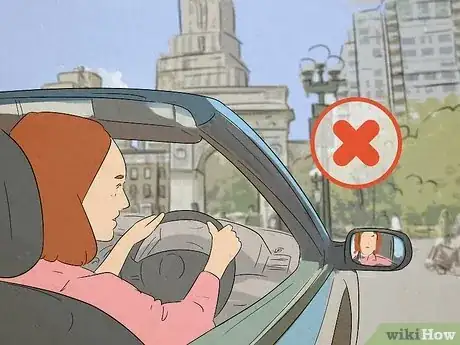
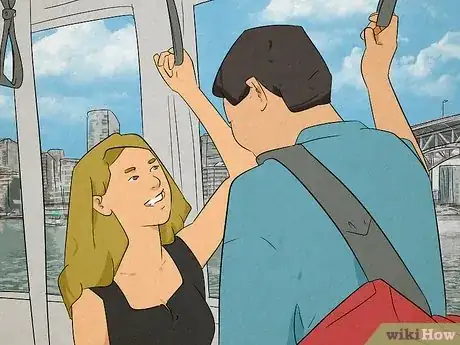
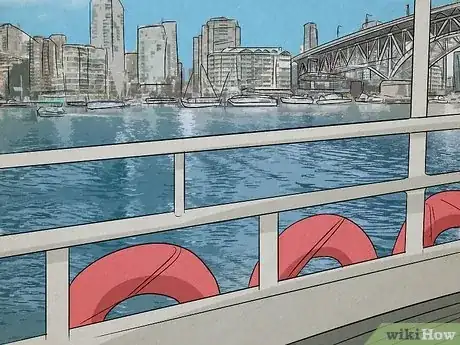
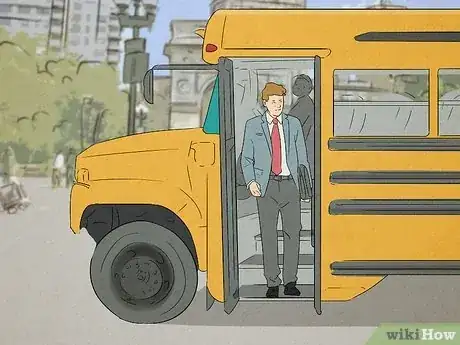
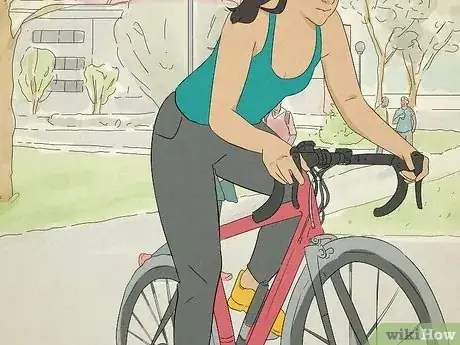
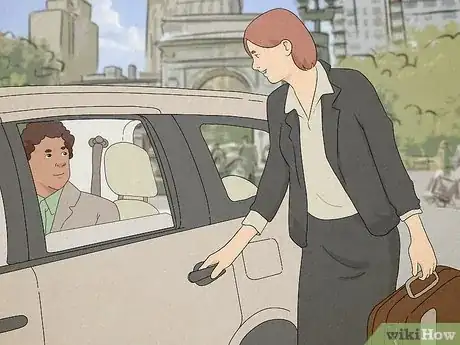
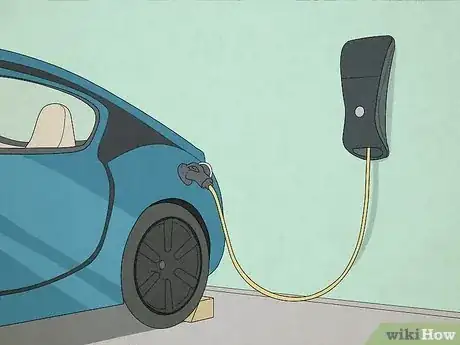
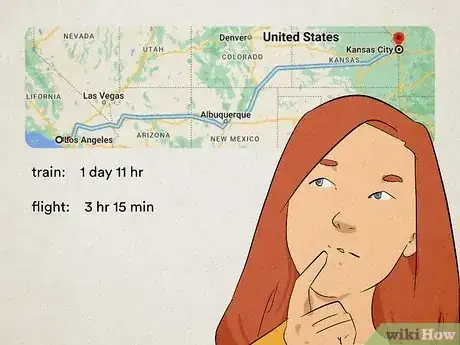


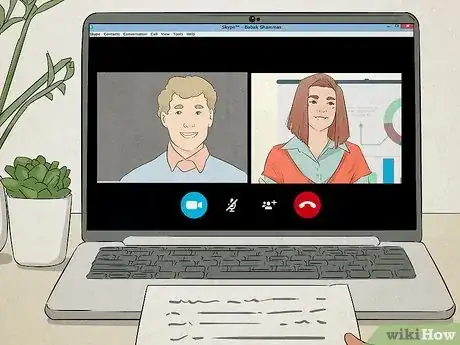
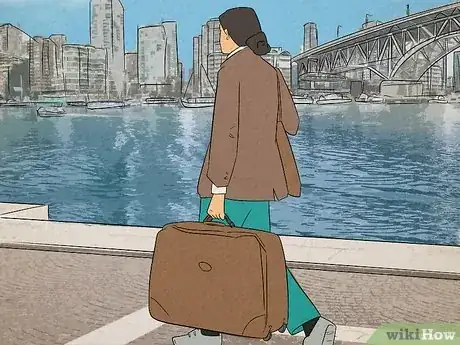
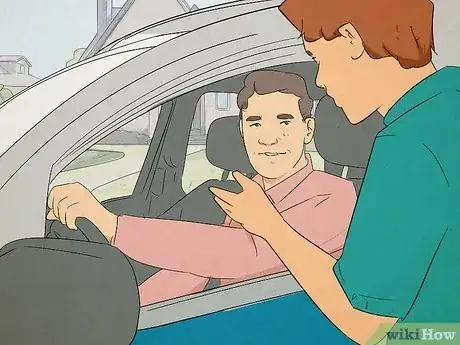
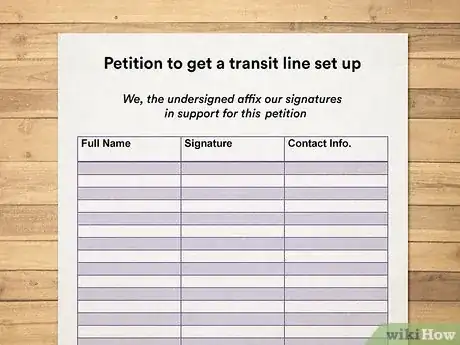



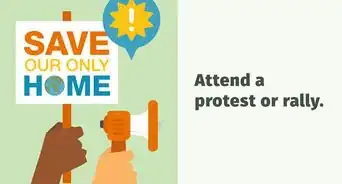


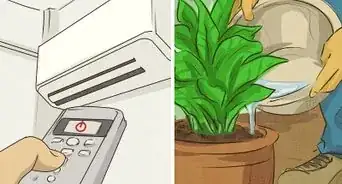

-Step-14-Version-6.webp)

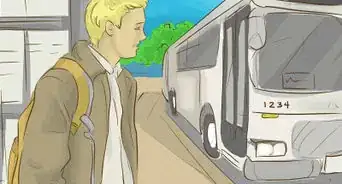

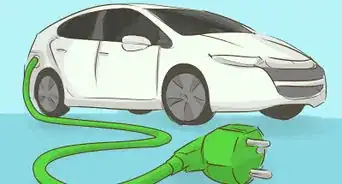
-Step-4.webp)









